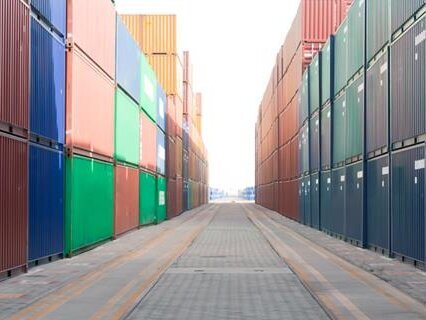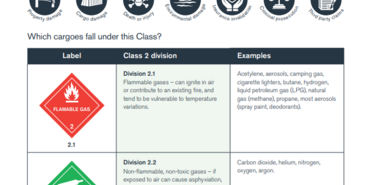Lithium batteries whitepaper
Insurers TT Club and UK P&I Club have teamed up with scientific consultants, Brookes Bell, and issued a whitepaper highlighting the continuing safety threat created by the transportation of lithium-ion batteries.
Despite significant fire incidents, it is apparent that the broad maritime community and logistics supply chain remain predominantly unaware of the hazards and potential consequences when a lithium-ion battery fails and goes into thermal runaway.
When a lithium-ion battery fails, the speed of failure (seconds), production of significant quantities of toxic, corrosive and flammable gases (000’s of litres) as well as the rapid development of intense heat and explosive situations (+450°C) continue to be underestimated.
This paper has been produced to provide some insight into this phenomenon as we move towards a “greener” power source. While there may only be a small perceived risk, the following text profiles some of the numerous challenges and raises awareness of the potentially catastrophic situations caused by a battery failure.
Recognising the various challenges presented by Li-ion batteries, the topics covered in this paper include background science on Li-ion batteries, the dangers associated with transporting them and why they arise, battery testing and correct declaration. The paper also provides a review of current dangerous goods (DG) regulatory provisions, focusing on the International Maritime Dangerous Goods (IMDG) Code, with recommendations for change or further work. The final section of the paper discusses the current state of the firefighting provision and changes that could be implemented.
Documents
Lithium Batteries Whitepaper (1.17 MB) 01/11/2022
- Author
- Staff Author
- Date
- 01/11/2022





